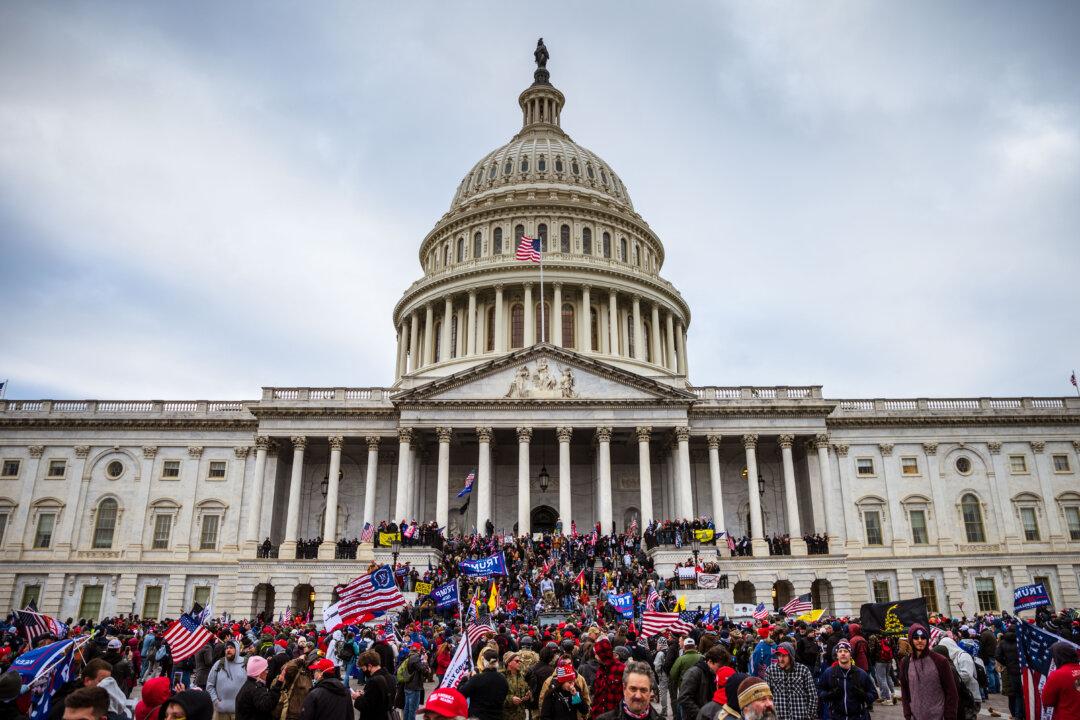The 17-year-old accused of shooting two men dead in Wisconsin last month is fighting extradition from Illinois.
Kyle Rittenhouse’s lawyers said during a court hearing on Friday that they haven’t received extradition papers from Illinois or Wisconsin and need time to review them.
“We need to review those, and we are entitled as a matter of law to challenge those by writ of habeas corpus, which we intend to do,” John Pierce, one of the lawyers, told a Lake County judge in a virtual hearing.
A writ of habeas corpus is used to challenge whether a person’s detention is lawful.
A prosecutor told the judge that Illinois Gov. J.B. Pritzker’s warrant had been sent to the Lake County Sheriff’s Office but Rittenhouse’s lawyers said they hadn’t yet seen it.
Rittenhouse’s attorneys can challenge extradition on four different angles, a Lake County spokesman told reporters outside the courthouse after the hearing.
“One is are the documents in order on their face, which again, we’ve just received those and they appear to certainly be. The other is was a crime committed, is he wanted on a warrant from another state, which we certainly know he is. The third is, is he the person wanted on that warrant? And the fourth is, is he a fugitive? So those are really the only issues that can be contested. We’re ready to proceed as soon as the defense and the court grants us a hearing on that,” he said.
The group that ended up taking over includes John Pierce and Lin Wood.
The attorneys have argued Rittenhouse acted in self-defense.
Rittenhouse, of Antioch, was arrested in late August after video footage showed him shooting three men, two of whom died from their wounds, prosecutors said in charging documents.

A series of events started when Joseph Rosenbaum, 36, approached the teen in a parking lot in Kenosha, leading to Rittenhouse firing several times, prosecutors said.
Video footage showed Rittenhouse start running down a road and several people hit or attempt to hit him, prompting him to fire at them.
He struck two, killing one.
Rosenbaum and Anthony Huber, 26, were identified as the men who died. Gaige Grosskreutz, 22, who held a gun as he approached Rittenhouse, was hit in the arm.
Grosskreutz told CNN earlier this month that he did not fire his gun and was carrying it legally.
“I’m going through a tough day but like I said, I’m a strong person,” he said. “But everybody’s hurting from this in one way or another. I walked away with my life that night but two people didn’t.”
If convicted of first-degree homicide, Rittenhouse would get life in prison. Wisconsin abolished the death penalty in 1853.





